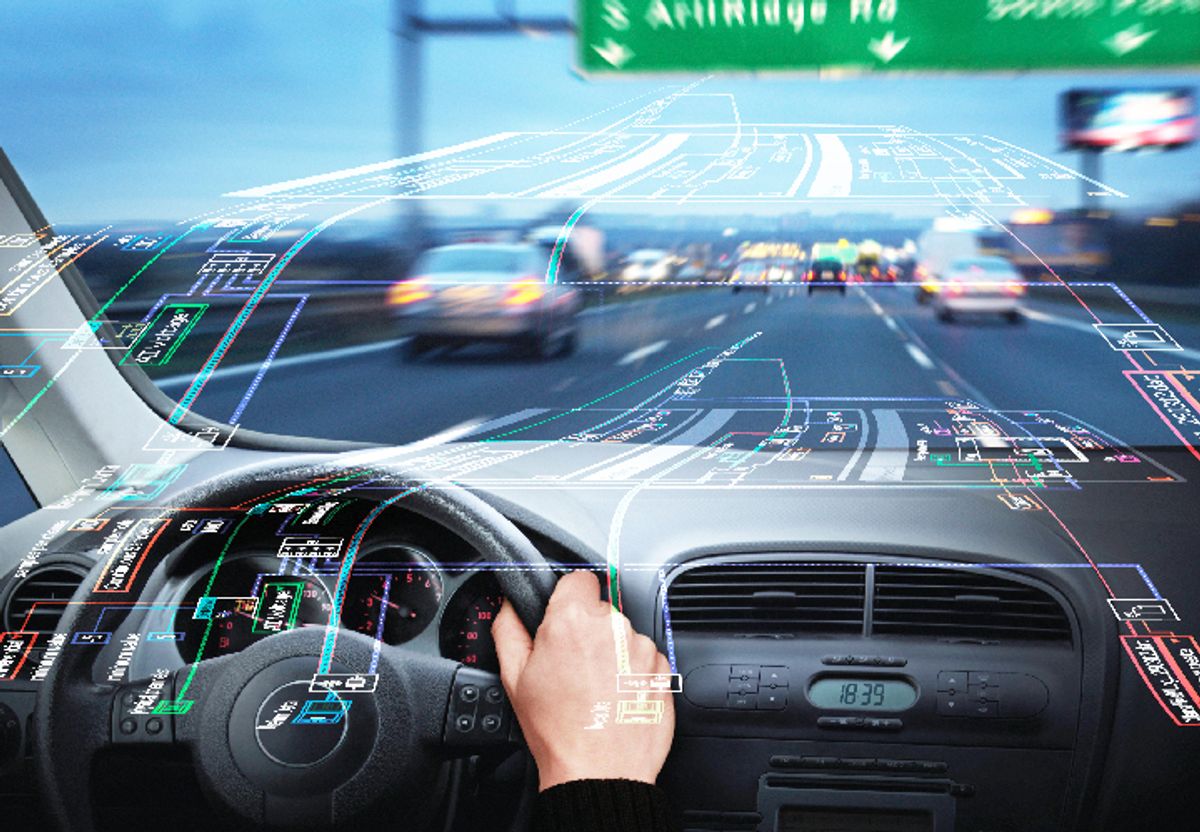By: Majeed Ahmad
The emergence of vehicle-to-everything (V2X) communications for the making of connected cars is demanding a new test framework that can address the rapidly expanding compliance and certification requirements related to connectivity protocols and sensor control algorithms in real-time. The V2X communications encompasses vehicle-to-vehicle (V2V) and vehicle-to-infrastructure (V2I) communications.
So, when it comes to V2X communications, we clearly see a shift away from traditional automotive test systems performing validation and assessment on the road in real-life situations. The road tests demand a lot of test resources, are time-consuming and don't offer 100 percent repeatability.
Moreover, the number of test iterations are growing exponentially in the V2X environment that includes anti-collision radar, GPS systems and sensors interacting with stoplights and vehicle dispatches. The connected car designs are also experiencing a constant proliferation in the number of vehicular radar systems while they are dealing with increasingly complex and independent subsystems.
According to Toyota's president Akio Toyoda, it takes nearly 8.8 billion miles of testing to accomplish safety in self-driving cars. Autonomous cars and advanced driver assistance system (ADAS) also offer a good example regarding the need to simulate with hardware-in-the-loop (HIL) system, take that simulation and design an algorithm and then ultimately use it for validation and production testing.
HIL Simulation
The fact that V2X suppliers like Danlaw and S.E.A. Datentechnik are employing HIL simulation to test and validate antennas, dedicated short-range communications (DSRC) links, ECU modules and vehicle radars is a testament of the shift away from the expensive procedures used for field testing.
The HIL systems, now widely employed in testing automotive designs, are used to simulate all inputs in a virtual environment that emulates connected car operations in the field. For instance, an HIL prototype can carry out RF conformance tests on the same hardware components that are used in the V2X communication stack.
The HIL platform is more practical because it can create more test scenarios in continuously changing requirements regarding the V2X building blocks such as RF communications, sensor control, global navigation satellite system (GNSS) simulation and others.
Danlaw employs HIL simulation to ensure that ECU modules meet stringent vehicle communication standards using OEM reporting formats. That allows engineers to test V2X systems in a virtual environment before running the real-world diagnostics on a complete system.
Likewise, the Germany-based S.E.A. Datentechnik has developed a test solution for its V2X module that offers HIL prototyping as well as in-field recording and replay. The standard DSRC messages can be transmitted and received from within the test system.
Both of these V2X case studies are based on a test model that is built around extensible software and modular hardware. That, in turn, helps engineers customize the V2X requirements without having to create programmatic test systems. Danlaw, for example, employs National Instruments' HIL solutions for testing communication stacks and messaging definitions related to the DSRC protocol.
Next, S.E.A. Datentechnik customizes its V2X test and measurement system using NI's CompactRIO platform and LabVIEW software. The company's 9719 communication module interfaces with NI's FPGA hardware in CompactRIO module to customize test solutions for transmitting and receiving V2X test messages within the LabVIEW 's intuitive graphics environment.
The 5G Window
The early V2X deployments are going to be based on the DSRC technology built around the 802.11p communication standard. However, 5G is also being seen as an important enabling technology for the V2X applications. Industry watchers forecast that 5G wireless will be available for V2X systems by 2020.
The cellular V2X (C-V2X) systems, encompassing both 4G and 5G networks, have entered the commercial arena and signaling tests for C-V2X have already started. The cellular version of V2X has been defined in the 3GPP Release14 specification, which includes PC-5 based peer-to-peer vehicular communications between LTE devices.
S.E.A., which developed a "communicate, validate and measure" solution for DSRC systems using NI's LabVIEW-based modular platforms, has now made available a test solution for LTE-Vehicle (LTE-V) systems using NI's LabVIEW SDR toolkits. The LTE-V technology is part of the 3GPP Release 14 specification.
Part of the promise of 5G is the belief that it will enable a new class of applications, and these applications will inevitably bring a new layer of complexity when it comes to the system-level test. So, as we add 5G connectivity to ADAS, V2X and autonomous car systems, 5G will also need to be in the loop and part of these HIL test systems.







